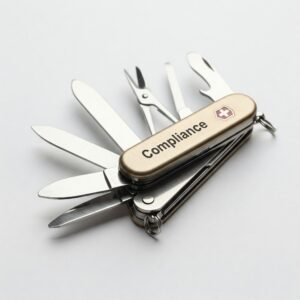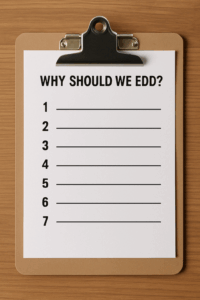In the realm of compliance and risk management, adverse media analysis has become a critical component of due diligence. By identifying negative information about individuals or entities, businesses can mitigate risks and make more informed decisions. However, many organizations struggle with understanding how to effectively conduct adverse media analysis. This guide is here to demystify the process and provide actionable insights for beginners.
What Is Adverse Media Analysis?
Adverse media, also known as negative news, refers to any information in the public domain that highlights potential risks associated with a person or organization. This could include:
- Allegations of fraud or corruption
- Connections to criminal activities
- Regulatory violations
- Environmental or human rights abuses
Adverse media analysis involves systematically scanning and evaluating these data points to identify potential red flags.
Why Is Adverse Media Analysis Important?
- Risk Mitigation: Detecting negative information early helps avoid partnerships or transactions with high-risk entities.
- Regulatory Compliance: Many jurisdictions require thorough due diligence as part of anti-money laundering (AML) and know-your-customer (KYC) regulations.
- Reputation Protection: Associating with individuals or organizations featured negatively in the media can damage a company’s brand.
The Challenges of Adverse Media Analysis
Traditional adverse media analysis often involves:
- Manually searching online databases and news articles
- Filtering through vast amounts of irrelevant information
- Addressing language and regional barriers
These tasks are time-intensive and prone to human error, making them inefficient for modern compliance needs.
How to Conduct Effective Adverse Media Analysis
- Define Your Scope:
- Establish clear criteria for what constitutes “adverse” information in your context.
- Identify key risk categories relevant to your industry.
- Leverage Reliable Sources:
- Use reputable news outlets, government reports, and legal databases.
- Ensure global coverage to capture risks across jurisdictions.
- Utilize Technology:
- Employ AI-powered tools for faster, more accurate analysis.
- Features like Natural Language Processing (NLP) can process multilingual data and identify contextually relevant risks.
- Filter and Prioritize:
- Develop filters to exclude irrelevant results, such as outdated or unrelated news.
- Prioritize high-risk cases based on severity and relevance.
- Document Findings:
- Maintain detailed records of identified risks, actions taken, and decisions made.
- This ensures compliance with regulatory requirements and audit readiness.
The Role of AI in Adverse Media Analysis
AI has revolutionized adverse media analysis by addressing the challenges of manual processes. Here’s how:
- Speed: AI can analyze vast datasets in seconds, saving valuable time.
- Accuracy: Machine learning models can identify patterns and flag risks more consistently than human reviewers.
- Language Capabilities: AI-powered tools handle multiple languages, ensuring global coverage.
- Continuous Monitoring: Unlike one-time checks, AI enables real-time updates, alerting you to new risks as they arise.
Best Practices for Adverse Media Analysis
- Integrate Adverse Media Checks into Due Diligence:
- Make adverse media analysis a standard step in onboarding and periodic reviews.
- Customize Risk Criteria:
- Tailor your approach based on your industry, regulatory environment, and risk appetite.
- Invest in Training:
- Educate your team on how to interpret AI-driven insights and apply them effectively.
- Stay Updated:
- Continuously refine your processes to adapt to evolving risks and regulatory expectations.
Conclusion
Adverse media analysis is an indispensable tool for mitigating risks and ensuring compliance in today’s complex regulatory landscape. By leveraging technology and adopting best practices, organizations can transform this daunting task into a streamlined, efficient process.







